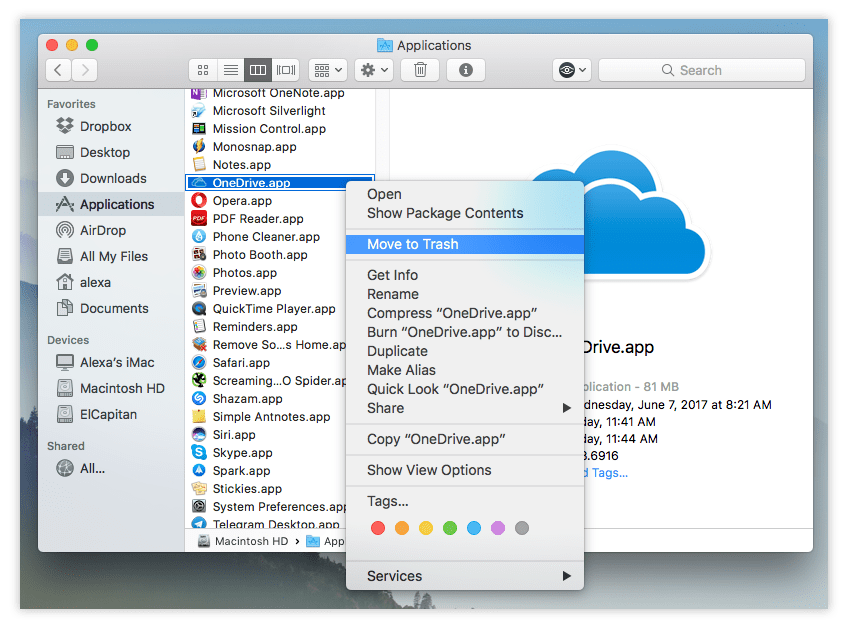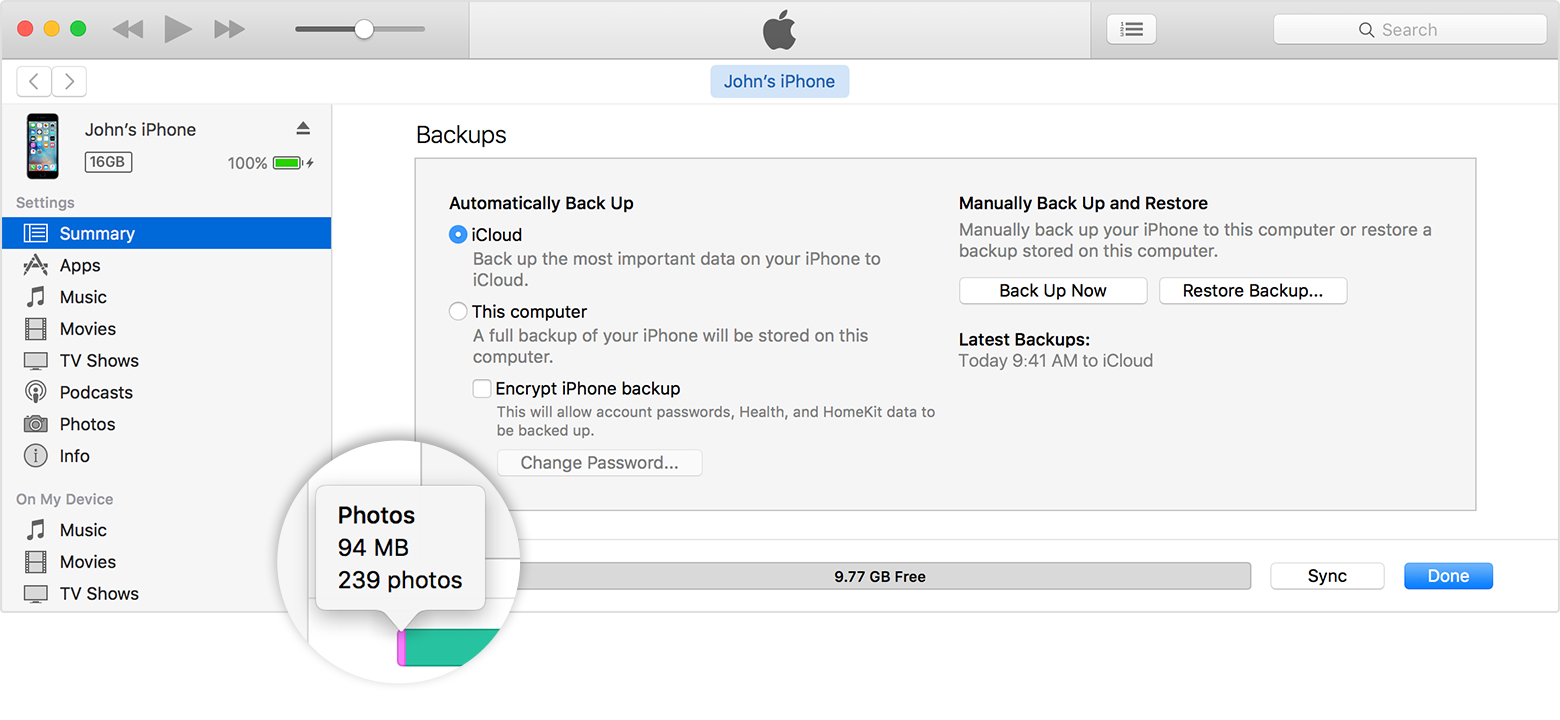

For example, if you’ve downloaded iMovie and GarageBand, but don’t use the apps, they take up, respectively, 2.77 GB and 1.37 GB. You may have some very large apps that you don’t use, and some of these may be Apple apps. To do this, click the Size column header. Note that if you do a clean installation when a new major version of macOS is released, these dates will be no older than the date of that update. If you’re not sure about any apps, don’t delete them but if you can easily re-download apps, then don’t worry too much. Nevertheless, you probably have apps that you tried once and never used.

Don’t delete anything if you’re not sure there may be apps that you might need at some point. If you see apps that you recognize, and know you don’t use any more, delete them. Click that header again to change the sort order, showing the apps you haven’t used in the longest time first. Click that column header to sort by that date it will be in descending order, showing the most recently used apps first. To add a column showing the date you last used an application, right-click on the column headers and choose Date Last Opened. To see your applications, open your Applications folder and view your apps as a list (choose View > as List, or click the List View button in the Finder toolbar).
HOW TO REMOVE FILES FROM MAC DESKTOP DOWNLOAD
But do you use them all? For example, Apple offered you apps like Pages, Numbers, Keynote, and GarageBand did you download them, and do you use them? If not, getting rid of them can save a lot of space. When you bought your Mac, it came with a number of applications installed, and you may have downloaded and installed many others.

The first place to look to sweep out unneeded cruft on your Mac is in your Applications folder.
HOW TO REMOVE FILES FROM MAC DESKTOP HOW TO
In this article, I’m going to show you how to uncover and delete some unneeded files that may be taking up a lot of space on your Mac. This is especially important if you have a Mac with an SSD and limited storage. Still, there are more insidious files cluttering your Mac these can be hidden in folders you may not see, or, sometimes, in plain sight. This is the first step toward cleaning out your Mac and freeing up space on your drive. In a recent article, we looked at how you can get rid of duplicate files on your Mac. If you’re absolutely sure that you won’t want to restore a file from the Trash and would rather delete it immediately, you have these two convenient options.How To + Recommended How to Uncover and Delete Hidden Files Cluttering Your Mac and Save Space So, select Delete Immediately and then confirm that you wish to delete it in the pop-up box. Move to Trash changes to Delete Immediately.



 0 kommentar(er)
0 kommentar(er)
